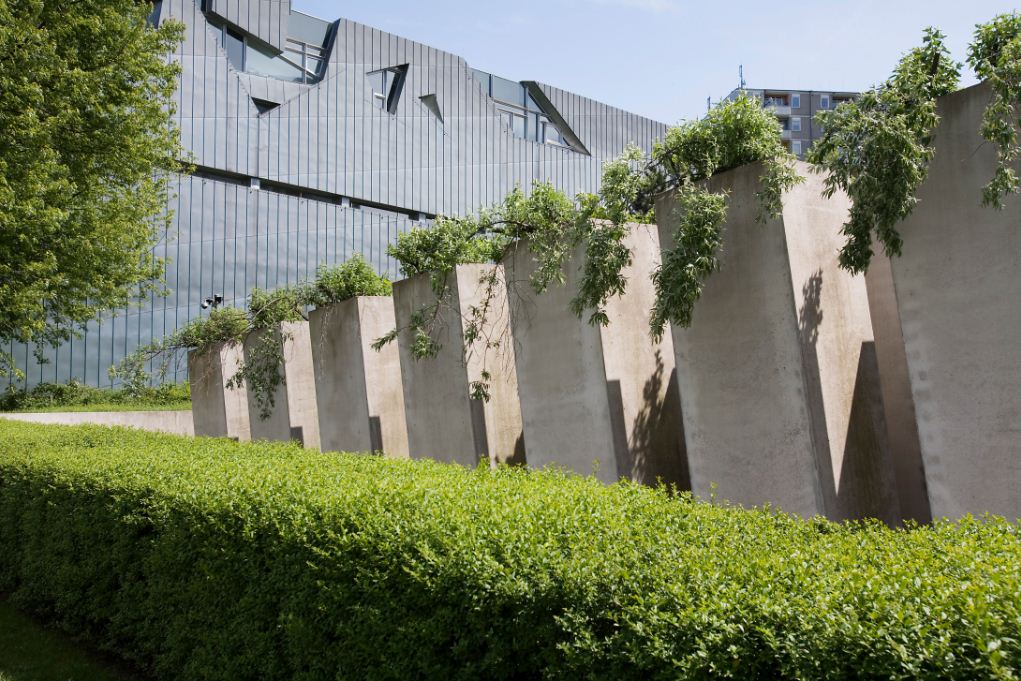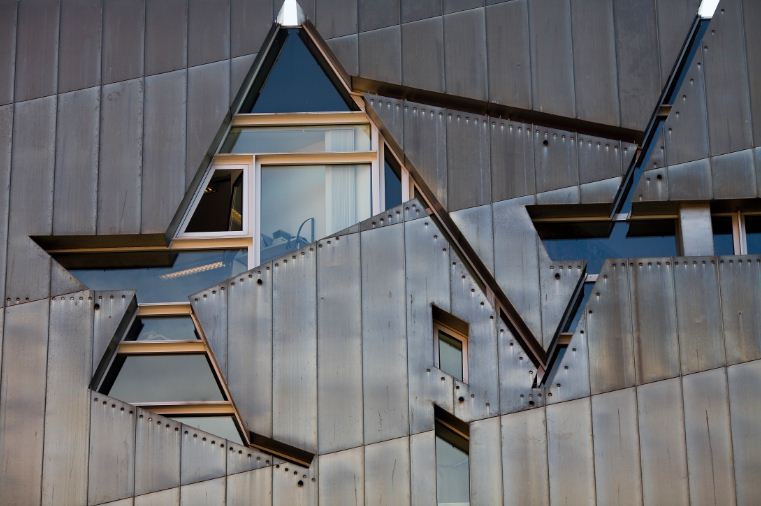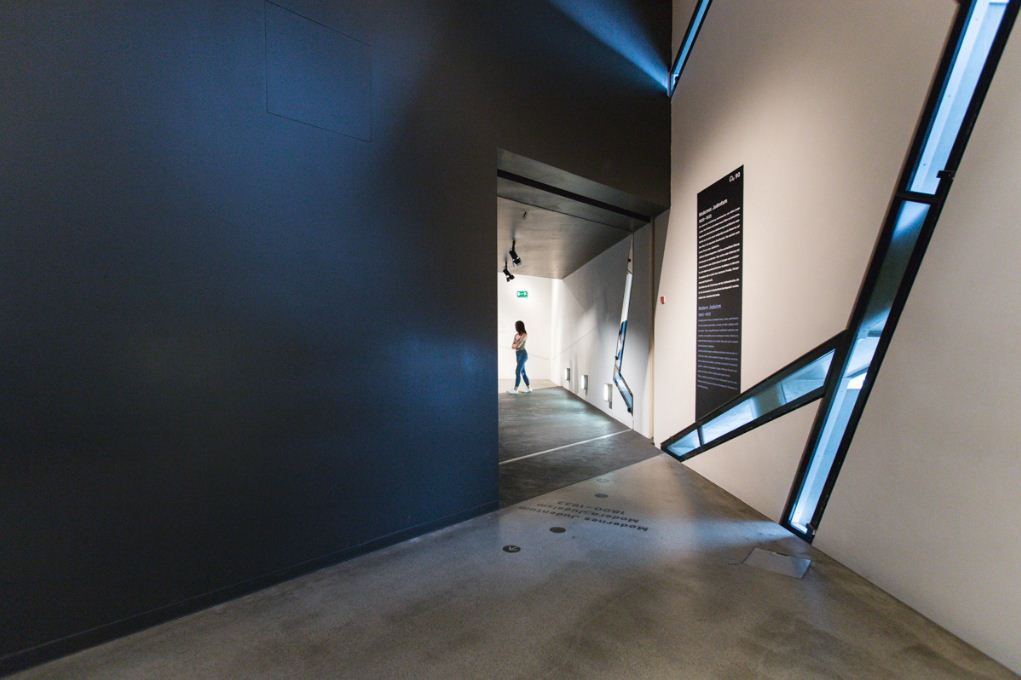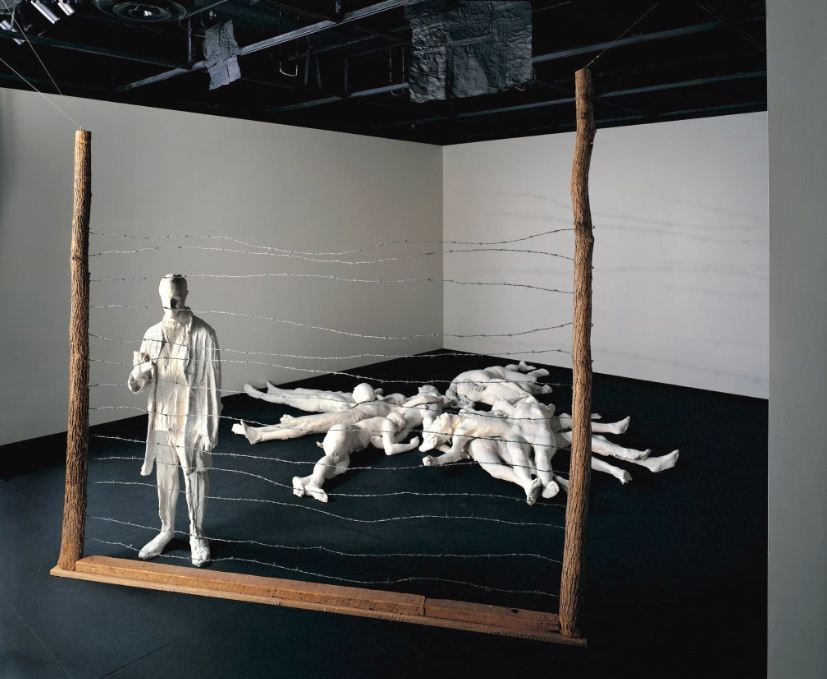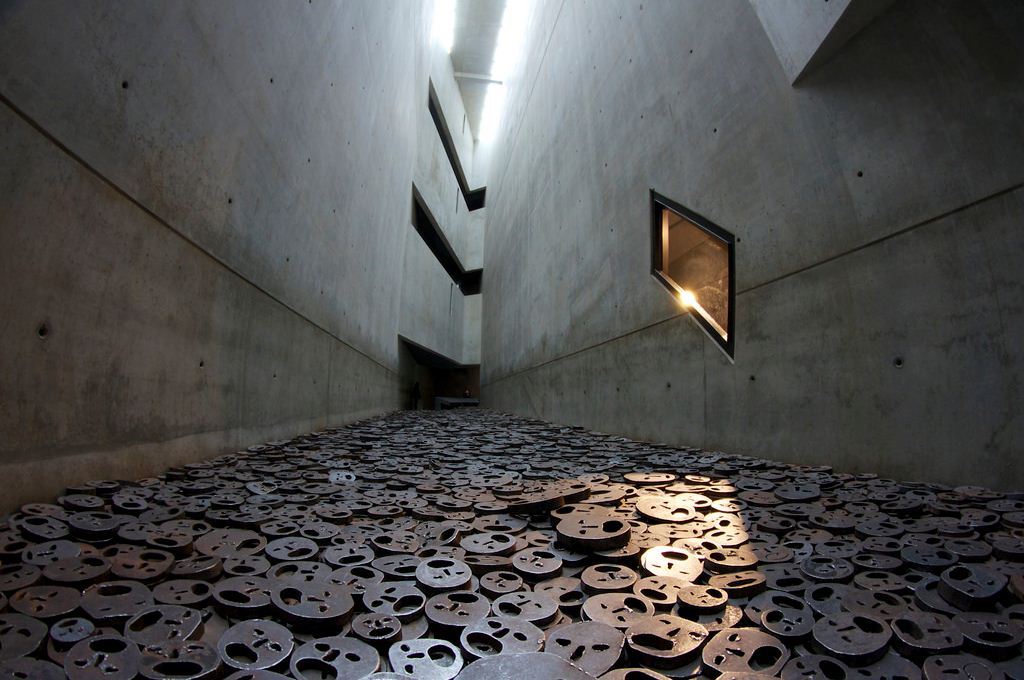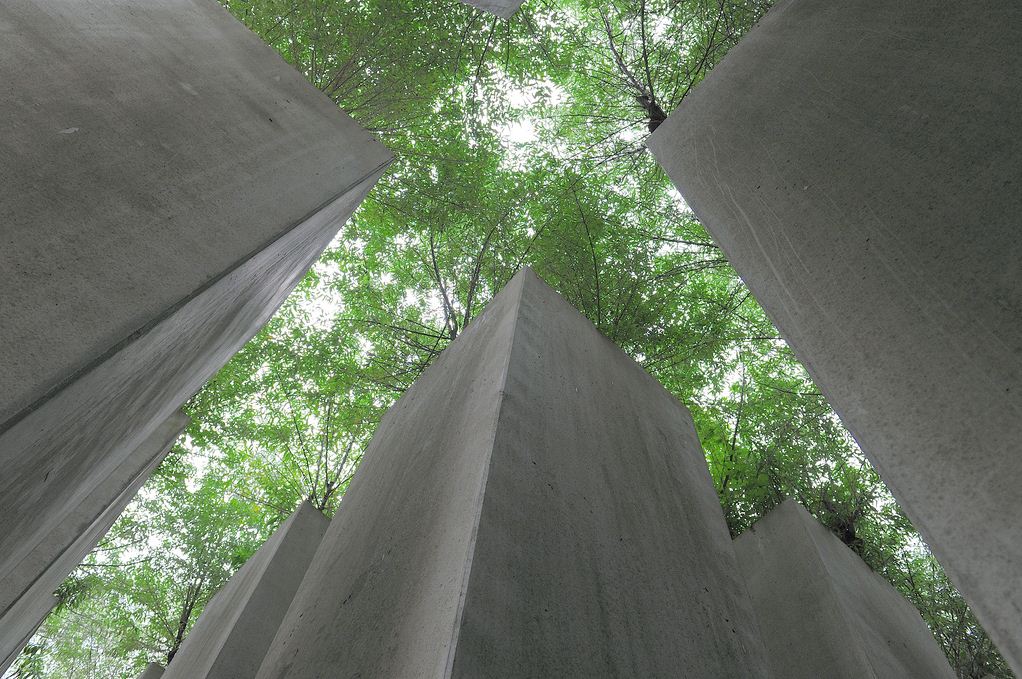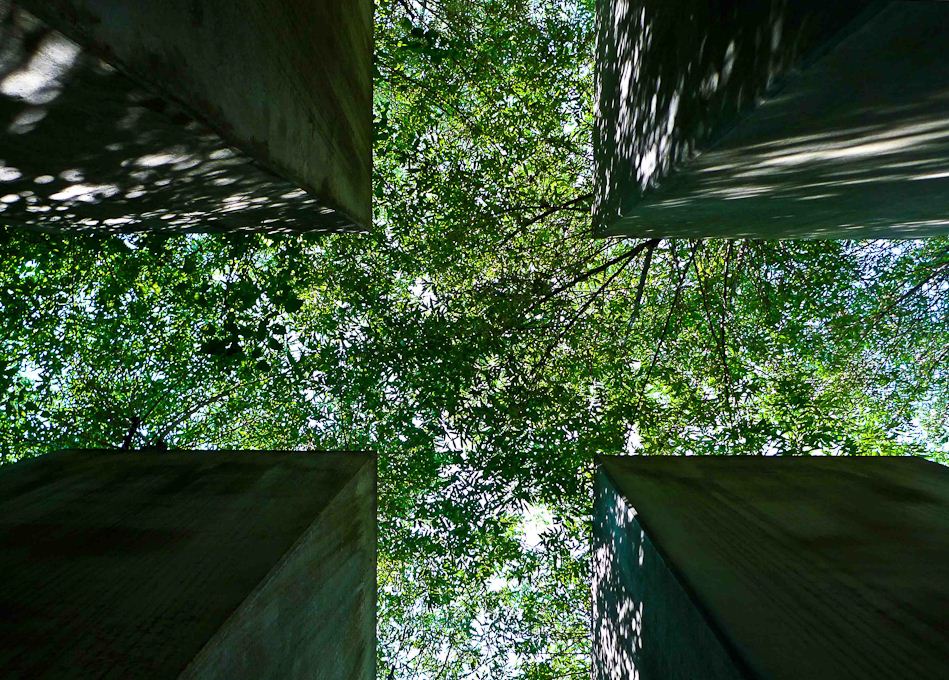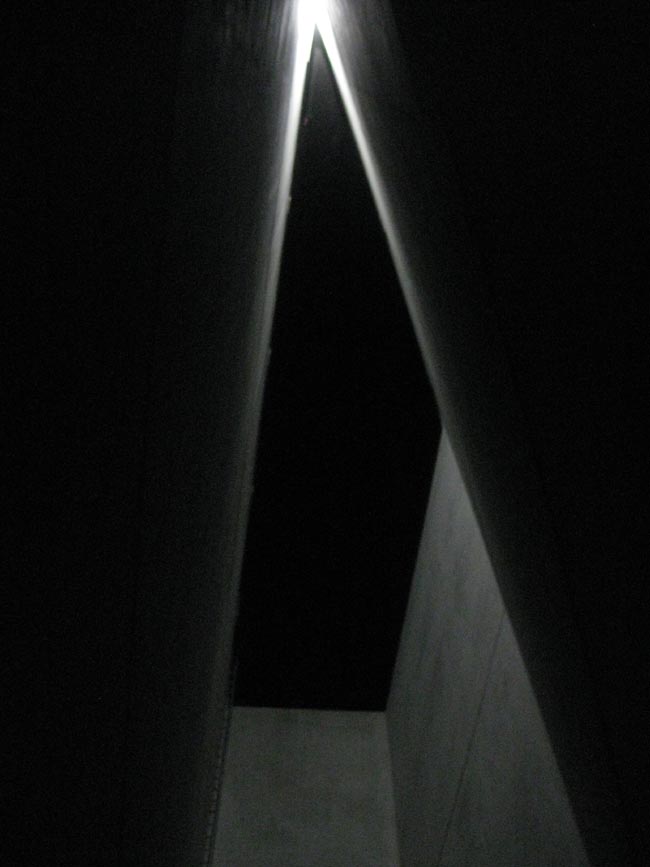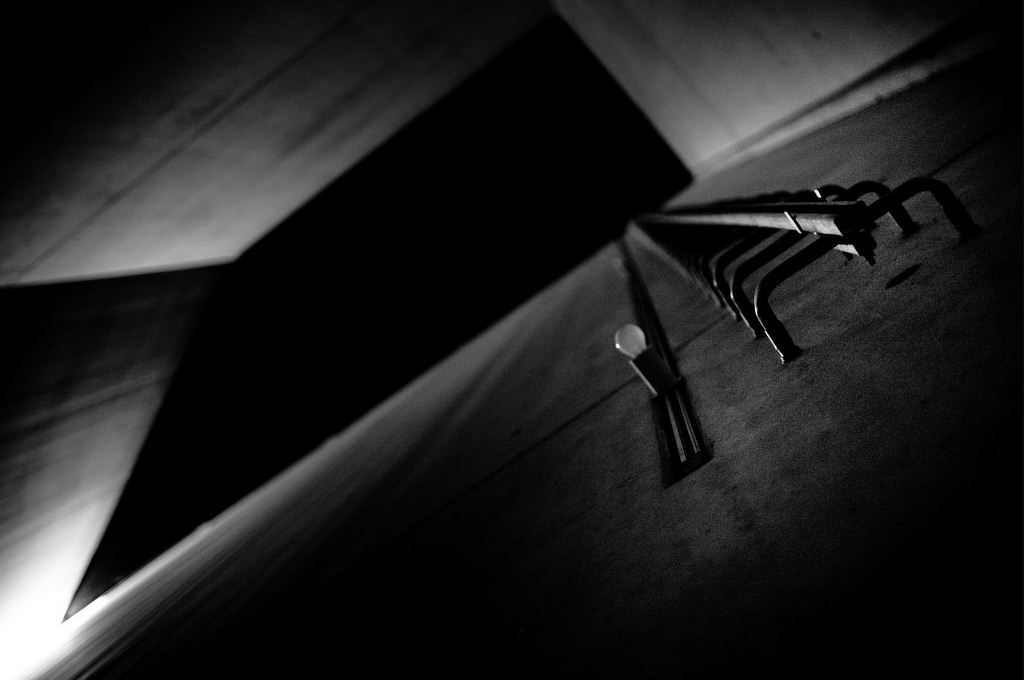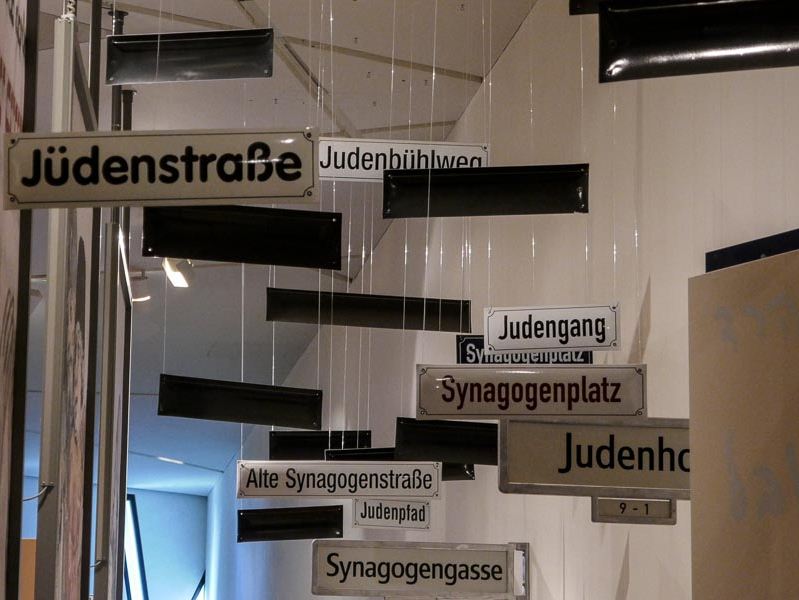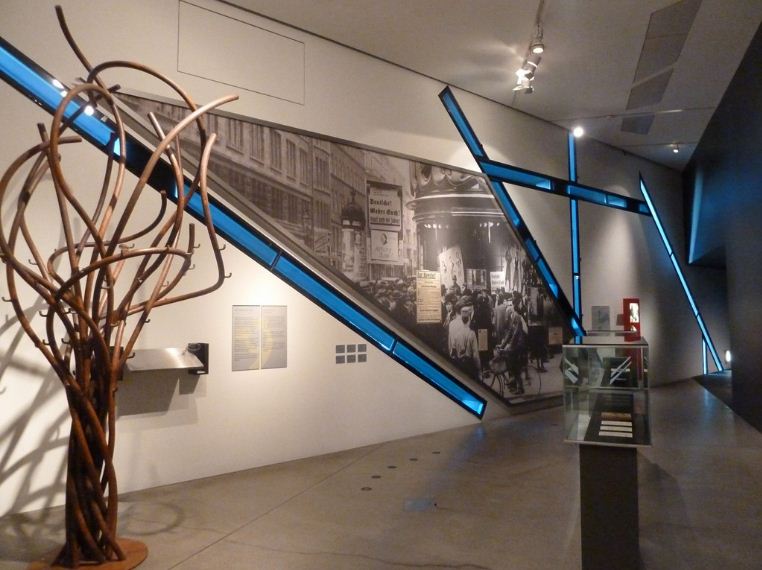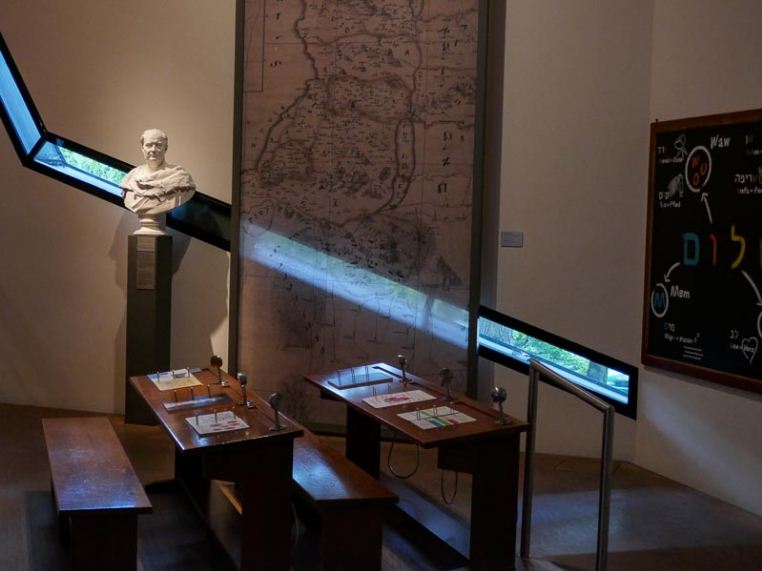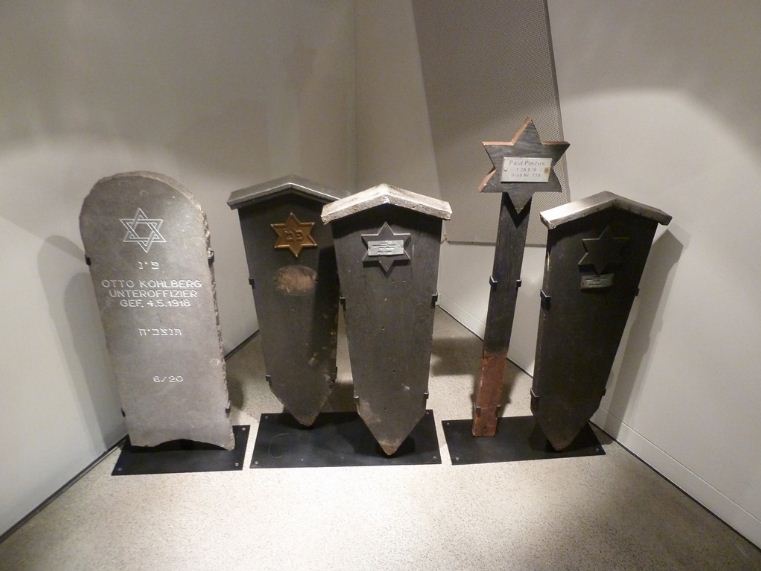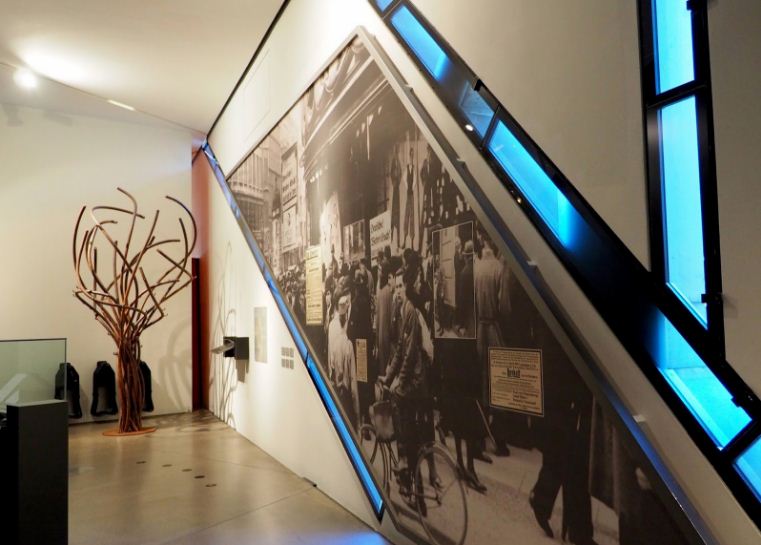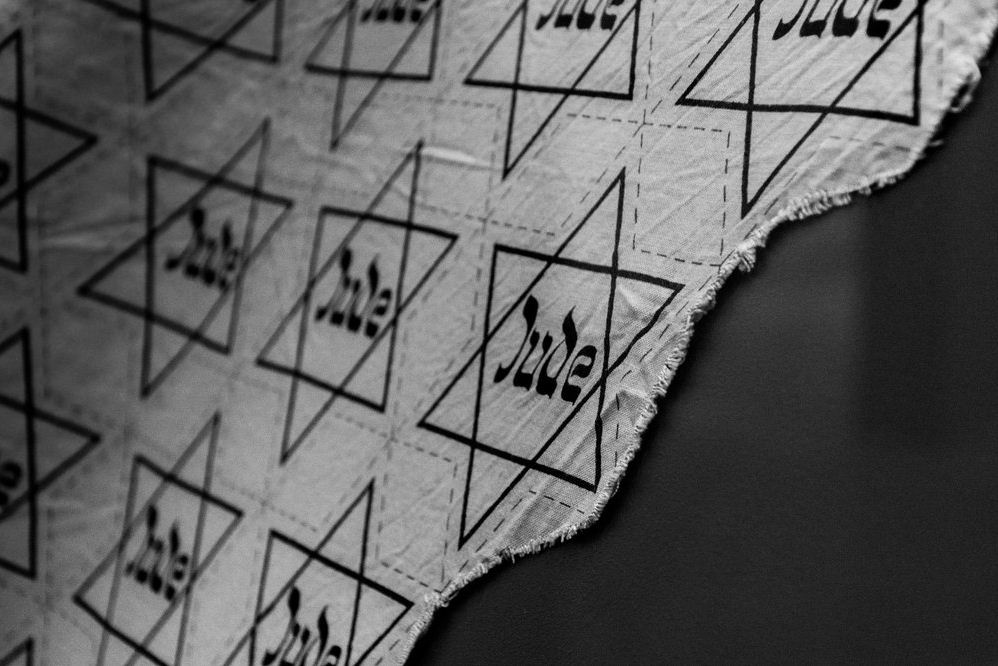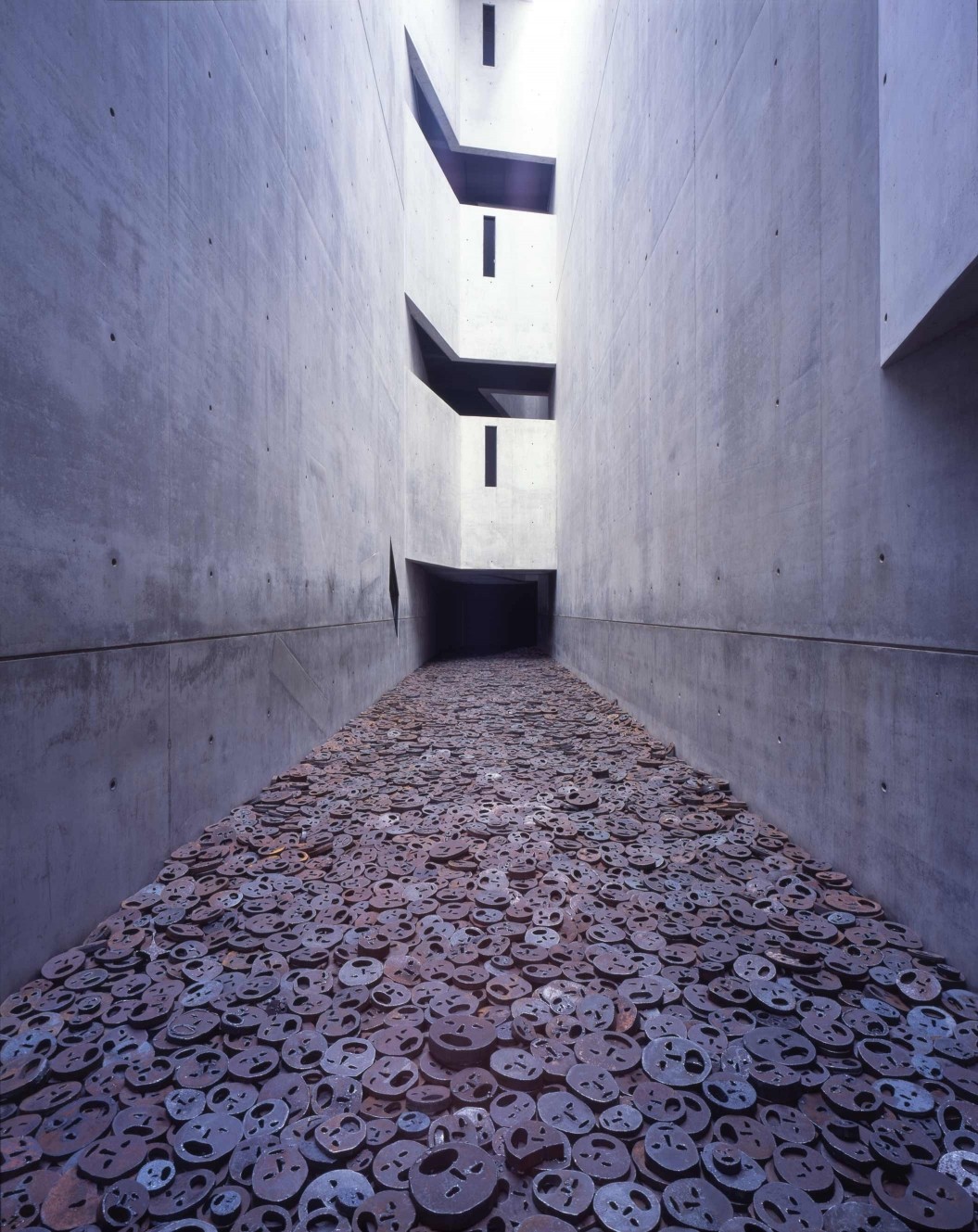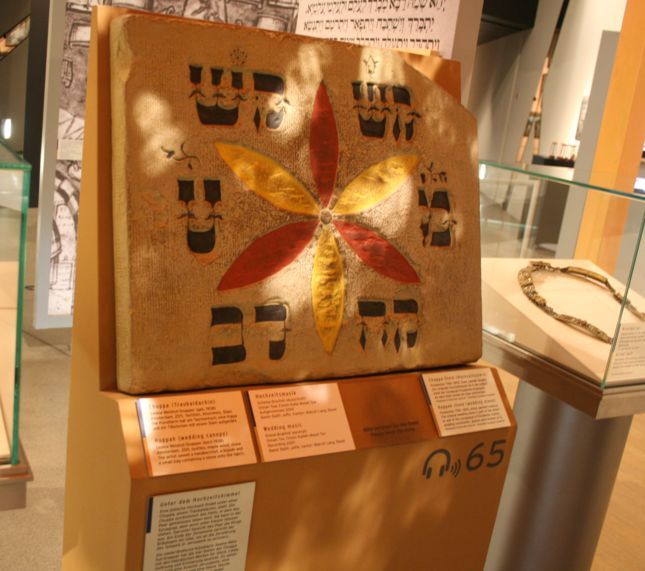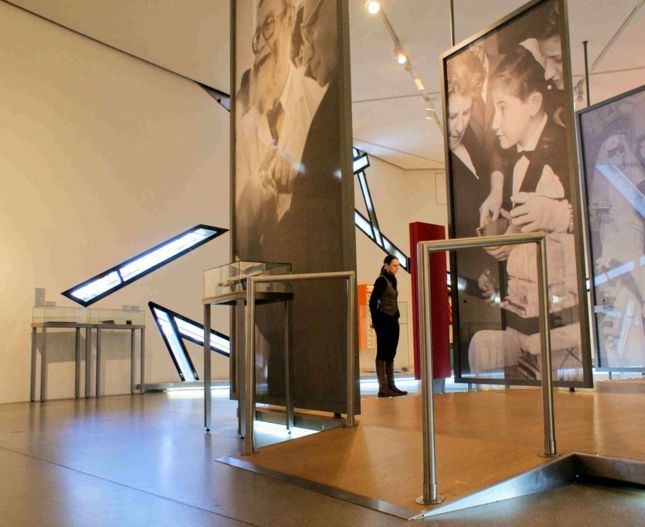Visit Jewish Museum Berlin — Explore the history, consistent, durable and strong cultural identity of Jewish
Do you know which country in the world has the most Jewish museums? The result was unexpected: the country that had witnessed the biggest and most severe genocide in human history, the Federal Republic of Germany. One of these is the Jewish Museum Berlin (Jüdisches Museum Berlin), a “encyclopedia” written from German repentance and respect, that any peace lover should visit for inner illumination.
It has never been easy to summarize a nation’s history from medieval and ancient times to the present; to help visualize and inspire visitors about the culture of such a nation, especially when it is the Jewish people, a people without a home, always denied but always with a consistent,durable, and strong cultural identity.
The Jewish Museum Berlin is divided into two buildings. The old one (also known as Kollegienhaus), designed in the 18th century by architect Phillip Gerlach in the Barrock style, now houses the lounge, tickets, deposit, souvenir shops… and the special themed exhibition area. The new building, which houses the museum’s primary exhibition, has been built in the deconstruction style by architect Daniel Libeskind since 1989; nevertheless, the Jewish Museum Berlin did not formally open until the end of 2001. Though the historic buildings with European architecture appear to be warmer and more welcoming at first look, it is Daniel Libeskind’s modern building that truly impresses and shocks. Visitors will gradually feel that in boththe museum and architectural language as soon as they enter the exhibition area.
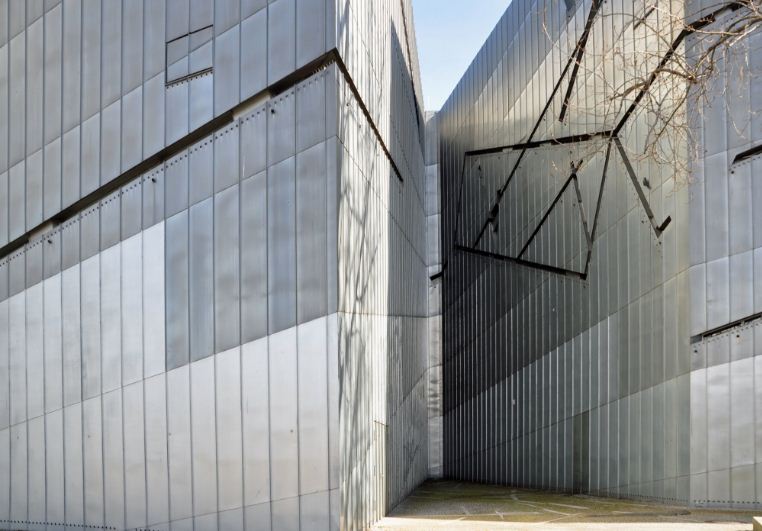
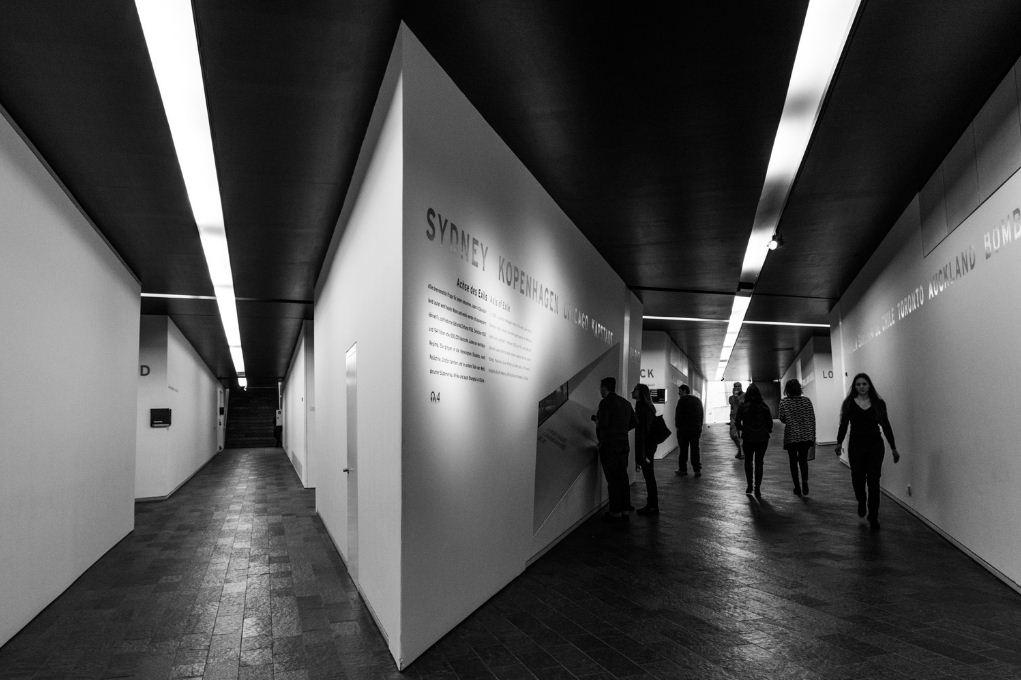
The basement — Quick cuts into history
The first exhibition space is reached through the walkway down to the basement from the entryway. Daniel Libeskind created the ground on this floor from three overlapping pieces cut into the three major galleries: the symbol of continuity axis (Achse der Kontinuitat), exile symbol axis (Achse des Exils), and Jewish genocide symbol axis (Achse des Exils) (Achse des Holocaust). Visitors will feel as if they are walking on a seven-mile boot, visiting nearly two thousand years of Jewish history in Germany, thanks to the compact exhibition space on each topic along three axes. Each axis’s tip is a halt or an intentional going-point. The stairs leading to the upper gallery floor are located at the end of Achse der Kontinuitat; the Garden of Exile (Garten des Exils) is located at the end of Achse des Exils; and the Jewish genocide Tower is located at the end of Achse des Holocaust (Turm des Holocaust).
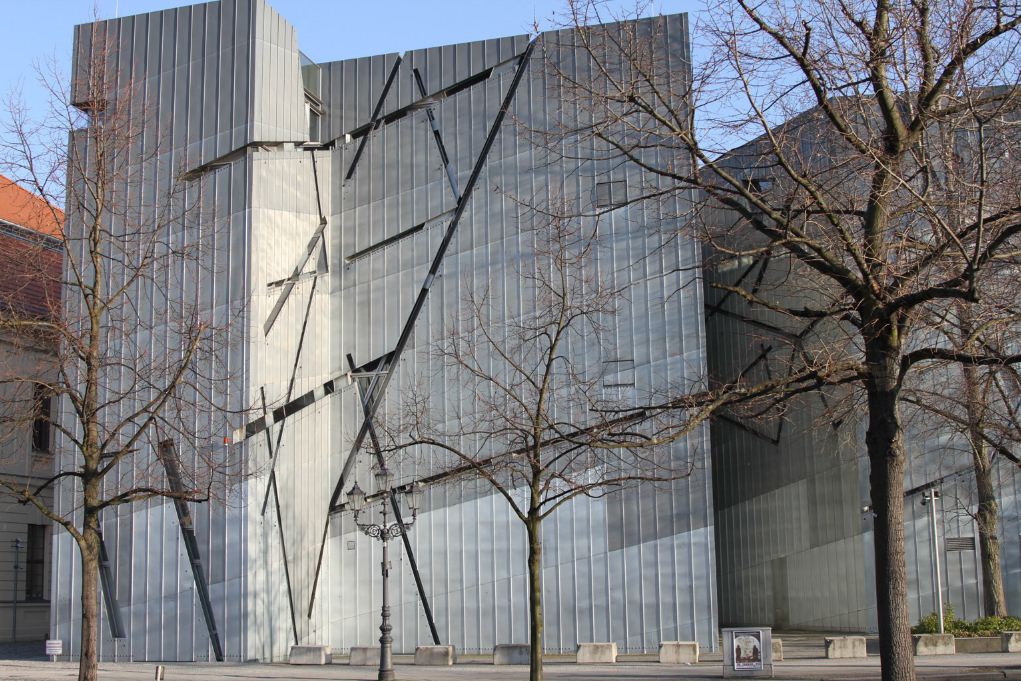
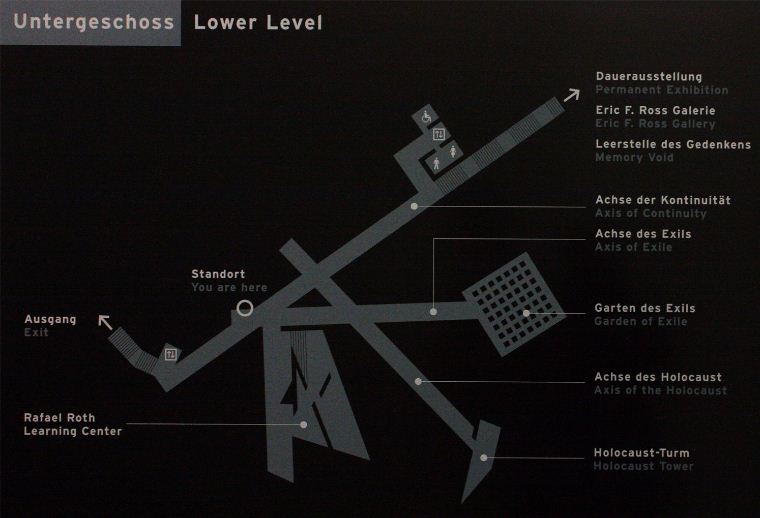

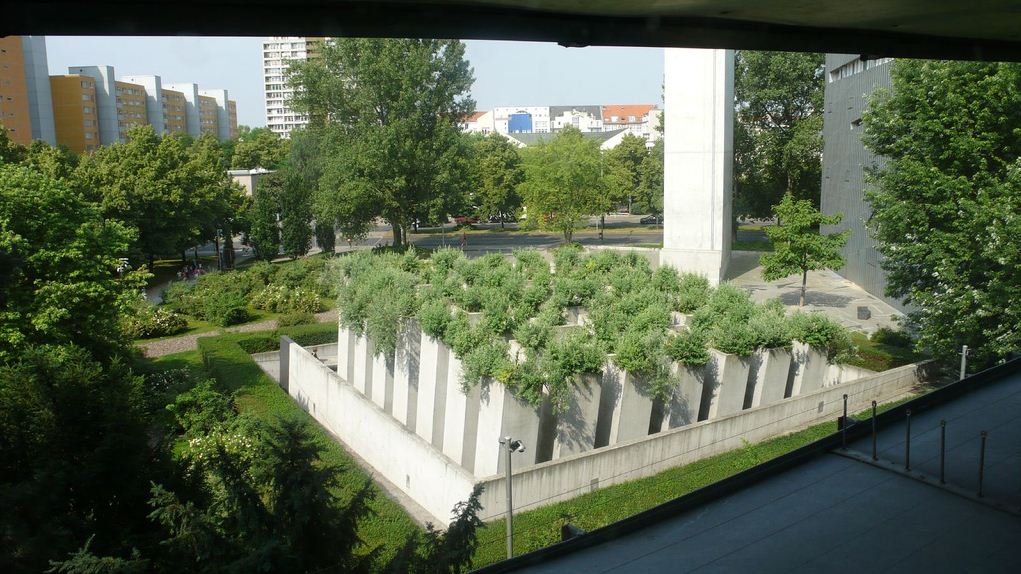

The Garden of Exile is the only space that does not have the basement’s cover. There are 49 gray concrete columns 6m high, rising straight opposite to the inclined way. No. 49 is taken from seven multiplied by seven, a sacred number in the Jewish faith. A Hemp willow tree, a symbol of Jewish freedom and hope, is planted on each concrete column and in early summer time, tiny flowers like little stars,radiate their light scent, for the lucky visitors to catch a few relaxed and peaceful “stars”.

Standing in the midst of massive ascending columns, the view is blocked; the sky is reduced, but there are still green and blue trees on higher ground. A slope at the foot creates the appearance of uncertainty, and there are pillars that appear to drift and clash with one another. The architect intended to use holy land in Jerusalem to construct the inclined plane at the foot of the pillar, but this plan was not feasible. If you close your eyes in the middle of the garden, you will see pictures, flying dreams, massive weighed nightmares, and the devastating reality that flashed through the eyes of little Anne Frank while hiding in the house behind her father’s company for nearly two years…
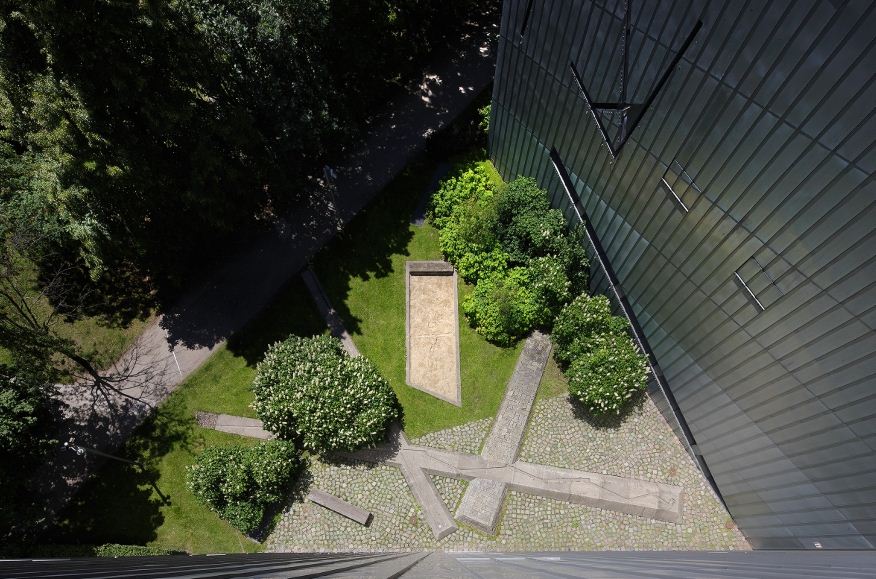

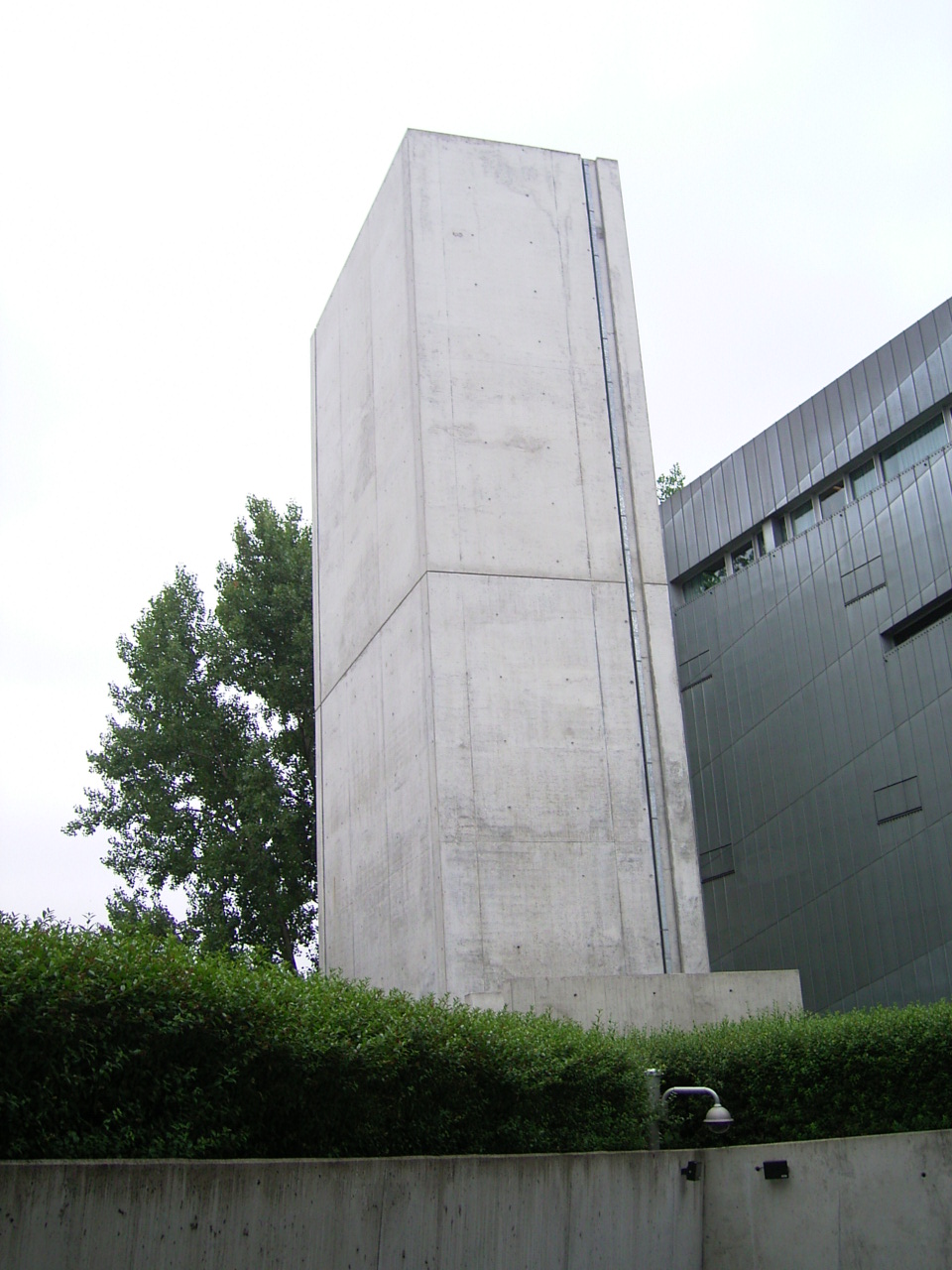
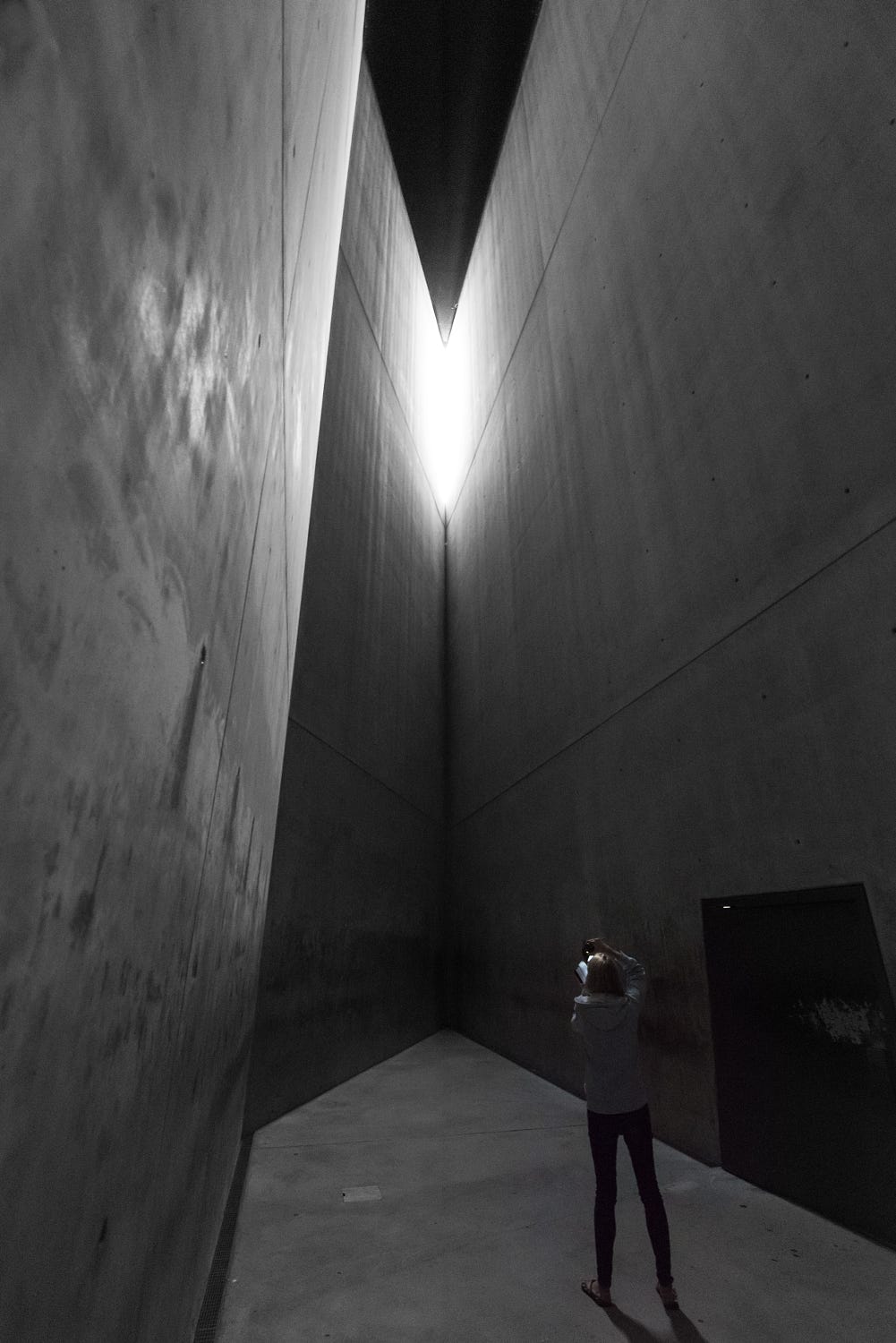
Following the museum’s directions, when exiting the basement, you will not be on the ground level or first floor, but will proceed straight up the grand staircase to the second story (the museum’s highest floor) and then gently descend. From here, you may go back through time to the Middle Ages before returning to the present.
Second floor — The formation of the Jewish culture, the struggle for existence
The whole second level shows Jewish life and culture from medieval times until just before World War II. The rich cultural hues look fun, energetic, and full of light between the two minimalist colors black and white throughout the design concepts. The formation of Jewish culture is described using exhibition specimens from ancient settlements such as an ancient house model, oven, map activities, costumes, and so on. to sacred objects such as Bible-written leather pieces, old Tora rolls (the Jewish Bible), the Tefillin (the leather string used in handcuffing and top wearing when praying to God in commemoration of the Jewish emancipation from slavery in Egypt event)…… The customs, traditions, religious ceremonies of Jews are meticulously depicted in paintings, models, statues, stories … All are hung or placed beside display panels simulated the walls in Synagoge (Jewish church).
You may establish the chronology and content for each display section as well as the whole museum by carefully following the dots and black directional arrows. If you look attentively on the second floor, you will be able to figure out from the first day full of hard work of the Jews in the country of strangers. They mostly lived in poverty in the countryside until the desire for civilization in their own communities, by focusing more on scientific study, astrology, and philosophy, gradually modified the severe restrictions, eventually leading to women’s equality… He seized the opportunity to thrive, to become a member of the nobility of one of the most powerful empires in conservative Europe.
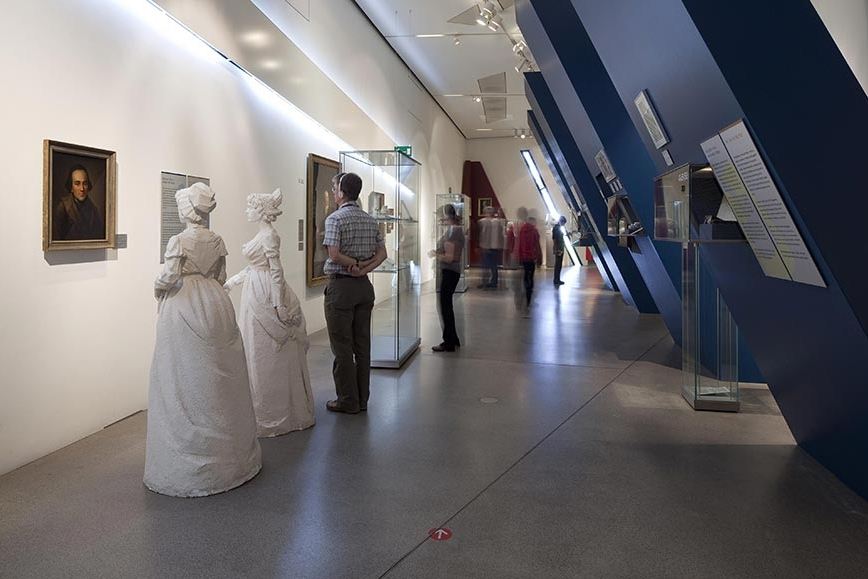
Following the instructions of the museum, go to the first floor, you will understand the causes leading to the outbreak of genocide against the Jews on a large scale throughout Europe and how it happened.
First floor — The effort to win the equality of Jews in German society
The architectural elements and museum materials on the first floor are more contemporary. There are impressionistic paintings, modern sculptures, video pictures, literature, a room with a piano and a Christmas tree… as we experience in the present in the exhibition area. From the mid-18th century, the refined silver and gold artifacts, the huge cathedral model, and well-known names of Jewish artists, intellectuals, and wealthy merchants emerge thickly; the Jewish community became richer, more powerful, and had greater cultural impact.
The museum contains extremely clever display concepts, such as constructing a Kinderinzel (a children’s island) before transitioning from the Jews’ thriving time to their worst moment — the age of genocide (the Holocaust). There are circular, brightly colored “multimedia islands” in this section where spectators may sit and relax. Each island has its own subject and functions as a virtual encyclopedia, attracting both little children and adults. The island for children is like the last bright day, allowing visitors to experience the warmest and sweetest moments before facing the worst storms.
The Holocaust section represents the darkest element of the broader image of Jewish history, as well as the Museum’s general architectural idea. However, because this museum primarily commemorates Jewish ethnicity and culture, this section employs a lot of metaphor symbol and language, with highly descriptive and symbolic meaning, rather than precise data and terrible pictures.
There is simply a black wall with a significant milestone. The museum values the surviving nameless characters, such as children, women, and the experiences of an individual or a family. Open a suitcase containing a snapshot of a Jewish child, read a letter, that child was loved by his or her father or mother, locate an old photo, or see a cotton baear that was once a companion of that Jewish child.
Those children and adults had left everything they owned, including school, work, friends, and even freedom, to escape the concentration camps and chambers, but they always carried their own piece of love, like a six-pointed Star of David – never giving up the desire for freedom and the revival of love.
Closing the first floor exhibition space is the new revival of Jewish life, with over 100,000 Jews living in German society today. They are welcomed back here and find a way to continue to take root and grow tall.
Ground floor — the memorial vacancy
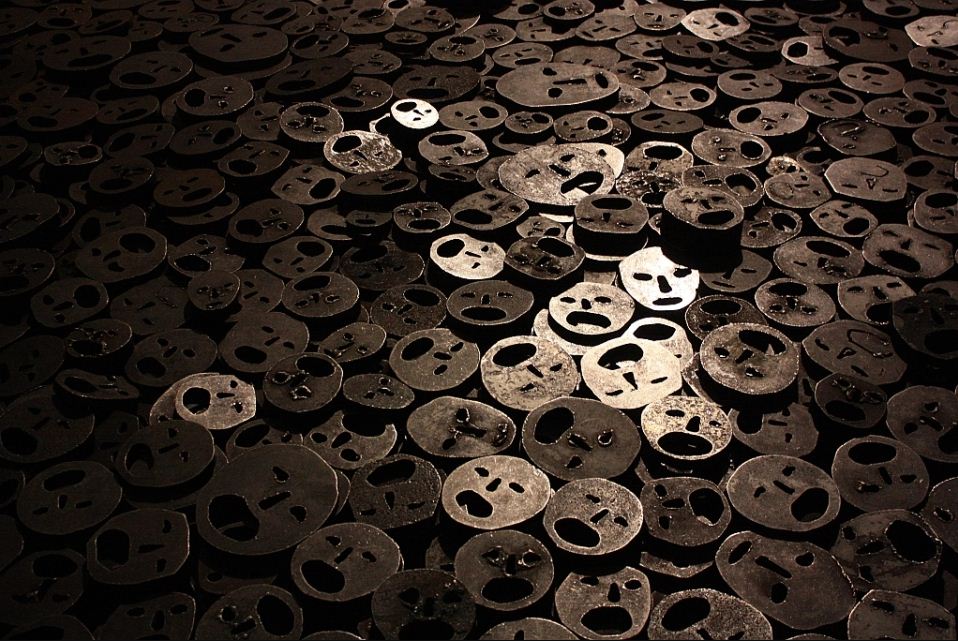
The museum has a one-of-a-kind ceiling vent called Leerstelle des Gedenkens that runs from the ground to the top (the memorial vacancy). Up above, there is a gloomy, brilliant area, similar to that of an enclosed tower; beneath the floor, it is covered with almost 10,000 faces with various emotions made of strong iron created by Menashe Kadishmann. In German history, the Holocaust is regarded as a gap that cannot be filled. Each face depicts a slain Jew as a result of genocide. If visitors chose to walk on this level, their faces will collide, producing a loud crushing sound. The designers and the museum hope that the Jewish spirits will be welcomed back to life and never forgotten.
Closing
There aren’t many museums that have such a clever way of combining architecture and ideas. This museum will take at least a half-day to tour. The Jewish Museum Berlin is a typical modern museum that encourages people to interact with it. You’ll discover a surprise and intriguing place in every corner of the museum; you may touch the exhibits, open and close them, write your name in Hebrew and then print it out, play games, even climb via the stairs, sleep on a red couch watching television, or thread through a tunnel…
Above all, the prettiest image in my imagination is pink paper pomegranates on which guests may write their own wishes and hang them on a huge pomegranate tree model. Pomegranate is a holy fruit for Jews, representing prosperity and passion. On the first day of the new year, Jews will eat a pomegranate in the expectation of reaping a plethora of good things, such as pomegranate seeds, in the next year.
In addition to the LCD panels depicting the fluterring leaves, there are green fabric leaves that may be felt by hand, and paper pomegranate on which are written, without purpose, but extremely genuine wishes of many people from all over the globe in all languages, making me feel tiny and affected. I’ve also left a message: Please pray for a peaceful world!
Further information
Jewish Museum Berlin
Address: Jüdisches Museum Berlin – Lindenstraße 9-14, 10969 Berlin
Telephone: +49 30 25993300
Museum information: Jüdisches Museum Berlin – Lindenstraße 9-14, 10969 Berlin
Website: www.jmberlin.de
Opening hours: Monday: 10 – 22h / Tuesday to Sunday: 10 – 20h
Closed on 15/11, 24/12, 5 & 6/9 and 14/9
Admission fees (Prices): 5 euro for adults
Children and discounts cases (students, retired elderly, etc.): 2.50 euro.
Family: 10Euro (for parents and up to 4 children included)
On the first Saturday of every month: Free admission for visitors under 18 years old.
How to get there: Public transportation to the museum. Take subway U1, U6 to Hallesches Tor station or U6 to Kochstrasse. Take the bus number M29, M41, 248.











